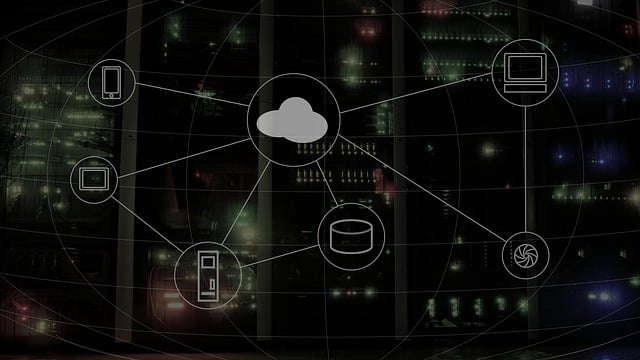
Cloud computing refers to the delivery of computing services, including storage, processing power, databases, networking, analytics, and more, over the internet (“the cloud”) to offer faster innovation, flexible resources, and economies of scale. In simpler terms, instead of owning and maintaining physical servers or hardware, users can access and utilize computing resources on a pay-as-you-go basis through cloud service providers.
Here’s an overview of how cloud computing works:
Key Features of Cloud Computing
On-Demand Self-Service
Users can provision and manage computing resources as needed without requiring human intervention from the service provider.
Broad Network Access
Services are available over the network and can be accessed through standard mechanisms (e.g., web browsers, mobile devices, etc.).
Resource Pooling
Computing resources are pooled to serve multiple users, with different physical and virtual resources dynamically assigned and reassigned according to demand.
Rapid Elasticity
Resources can be rapidly scaled up or down to accommodate changes in demand. Users only pay for the resources they use.
Measured Service
Cloud systems automatically control and optimize resource usage, and service providers measure usage for billing purposes.
Cloud Computing Models
Infrastructure as a Service (IaaS)
Provides virtualized computing resources over the internet. Users can rent virtual machines, storage, and networking infrastructure.
Examples: Amazon EC2, Microsoft Azure Virtual Machines.
Platform as a Service (PaaS)
Offers a platform allowing customers to develop, run, and manage applications without dealing with the complexity of building and maintaining the underlying infrastructure.
Examples: Google App Engine, Heroku.
Software as a Service (SaaS)
Delivers software applications over the internet on a subscription basis. Users access the software through a web browser.
Examples: Google Workspace, Microsoft 365.
Cloud Deployment Models
Public Cloud
Resources are owned and operated by a third-party cloud service provider, and services are delivered over the internet. Shared by multiple organizations.
Private Cloud
Cloud infrastructure is used exclusively by a single organization. Can be hosted on-premises or by a third-party provider.
Hybrid Cloud
Combination of public and private clouds. Allows data and applications to be shared between them.
How Cloud Computing Works
Cloud computing works by providing users with access to a shared pool of computing resources over the internet. These resources include computing power, storage, databases, networking, software, and other services. Cloud computing eliminates the need for organizations or individuals to own and maintain physical hardware, allowing them to scale resources up or down based on demand and pay only for what they use.
Here is an overview of how cloud computing works.
Client-Server Model
Users access cloud services through client applications (web browsers, mobile apps). Cloud servers, located in data centers, handle requests and provide the necessary resources.
Virtualization
Virtualization technologies allow multiple virtual machines to run on a single physical machine, optimizing resource utilization.
Storage and Data Management
Cloud providers offer scalable storage solutions, and users can store and retrieve data as needed.
Networking
Cloud services rely on robust networking infrastructure to ensure connectivity between users and cloud resources.
Security and Compliance
Cloud providers implement security measures to protect data and infrastructure. Users can configure access controls and encryption.
Scaling and Load Balancing
Cloud services can automatically scale resources based on demand, and load balancing ensures even distribution of workloads.
Cloud computing has become a fundamental technology, empowering businesses and individuals to access and leverage computing resources more efficiently and cost-effectively. It has become an integral part of modern IT infrastructure and enables innovation and scalability across various industries.



Comments